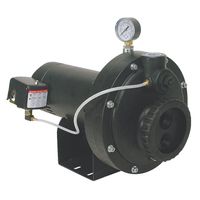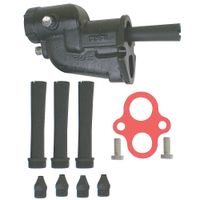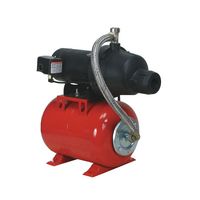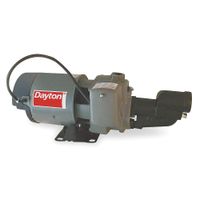- Home
- Pumps
- Well Pumps Systems
- Jet Pumps Systems
Jet Pumps & Systems
Jet pumps and systems use a compatible jet pump ejector (a nozzle and a venturi) to create a vacuum to draw water up a well in residential applications. Shallow-well jet pumps use a compatible jet pump ejector for use in wells up to 25-ft. deep. Deep-well jet pumps use a compatible jet pump ejector .....Read More
Frequently Asked Questions
What is the difference between a shallow-well jet pump and a deep-well jet pump?
How do I choose the right jet pump for my well depth?
What maintenance is required for a jet pump system?
How do I troubleshoot common issues with jet pumps?
What are the advantages of using a jet pump over other types of pumps?
How do I install a jet pump system for my well?
What is a convertible well jet pump and when should it be used?



